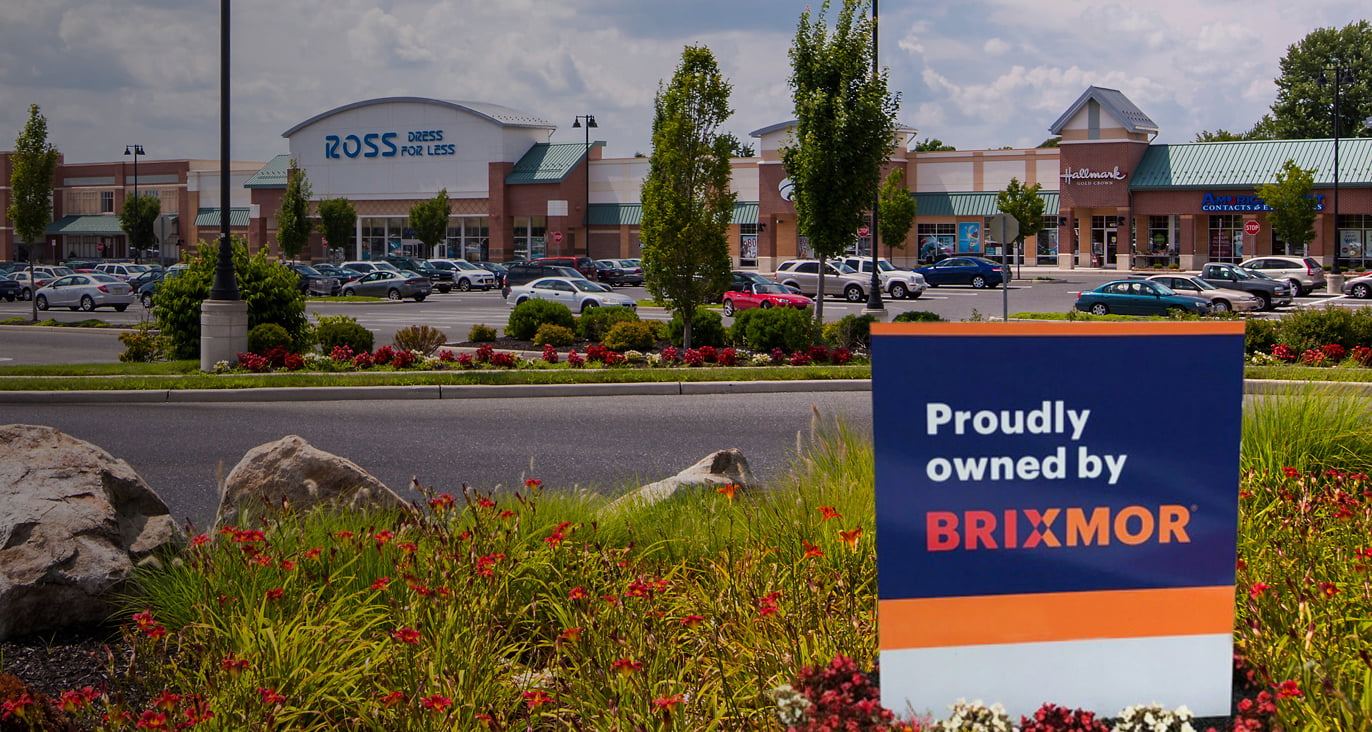At Brixmor Property Group (NYSE: BRX), no shopping center is an island. And in a time when traditional retail is under siege from a host of new challengers, the real estate investment trust with more than 400 open-air shopping centers is focusing on the sense of place and community that it can offer, says Angela Aman, executive vice president and chief financial officer.
“Every decision we make in large part comes back to: What does the community need? What can we do to serve the community better?” she says. That local-first approach includes encouraging the surrounding community to participate in the decision about which stores, restaurants and service uses Brixmor seeks out as tenants.
Aman notes that when she and Jim Taylor, Brixmor’s CEO and president, came on board three years ago, its properties were bringing in rents significantly below market averages. But that actually worked to the company’s benefit in many ways, Aman says, allowing it to start with a fresh approach. In an environment where you have a continued level of retailer distress and disruption, we’re able to bring in anchors and small-shop tenants that are more relevant to the community. Now, they’re driving better traffic,
ANGELA AMAN, EXECUTIVE VICE PRESIDENT AND CHIEF FINANCIAL OFFICER, BRIXMOR PROPERTY GROUP
On the ground, Aman says, the shopping center owner’s expanded redevelopment and repositioning efforts have proven to be a force multiplier.
“We’re replacing, say, an old, tired anchor that hasn’t driven traffic in a long time with a use that’s really making the center more relevant to the community,” she says. “Given the symbiotic nature of retail, you can leverage that traffic for the benefit of other retailers, through a virtuous cycle of continued upgrade and refreshment.”
Aman points to Brixmor’s Laurel Square complex in Brick, N.J., after the closure of a large supermarket there. The company reviewed the tenant mix and area competition, and then conducted an online community survey that received over 2,000 responses. This feedback helped Brixmor find and entice a highly desirable regional specialty grocer, shortly following the execution of a new lease with a well-known home décor chain that replaced a former Kmart, creating better retail and food choices for the community.
While grocery anchors are often a core part of Brixmor’s shopping centers, with grocers at about 70 percent of its properties, they aren’t always the optimal tenancy for every center. That’s why Brixmor’s leasing teams also use sophisticated forms of data to identify the best uses for the shopping centers in its portfolio by understanding where voids are in the trade area’s merchandise mix. For example, Aman points to a Long Island, N.Y., shopping center that was home to a grocer that went bankrupt. While the natural tendency may have been to seek out a similar use, the company’s research demonstrated that although there were abundant grocery options in the trade area, a significant void in fitness existed. The addition of a brand-new large-format fitness center has added renewed energy to the center.
In the long run, Aman says, careful selection of community-focused, well-curated shops tends to lead to higher occupancy levels and rental-rate growth. “When you have a center that really comes together and gets better and better over time in an organic way, the landlord will absolutely be rewarded for that longer-term.”

